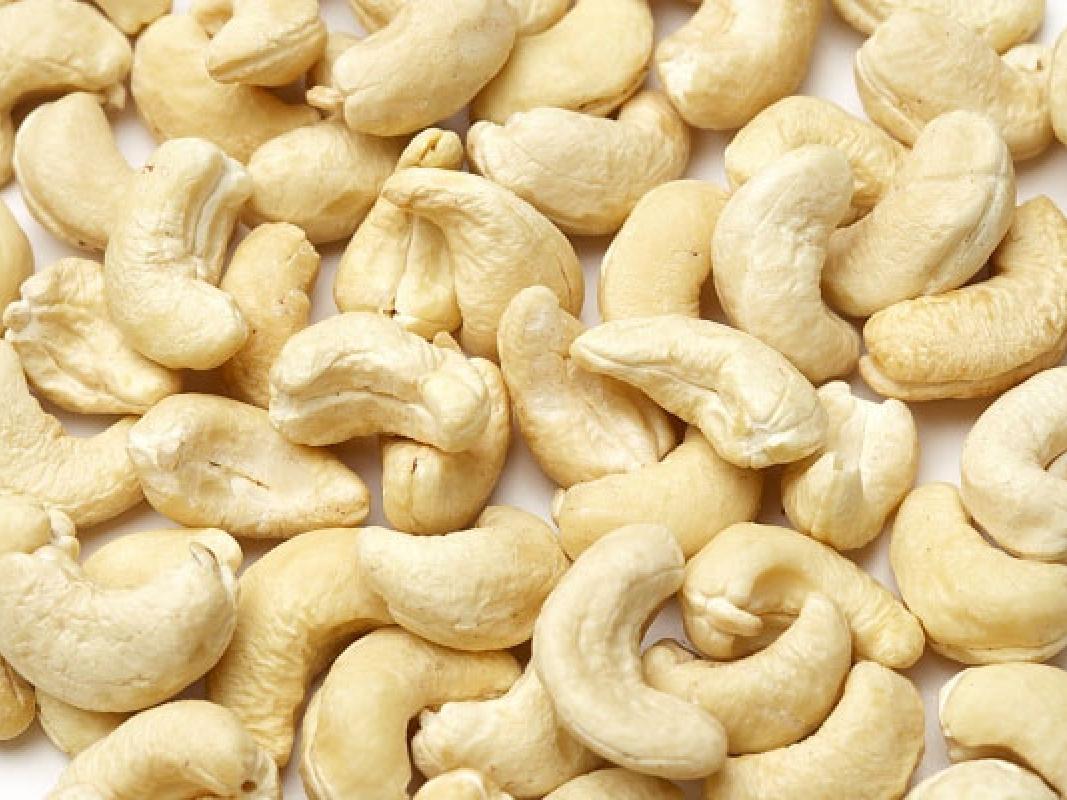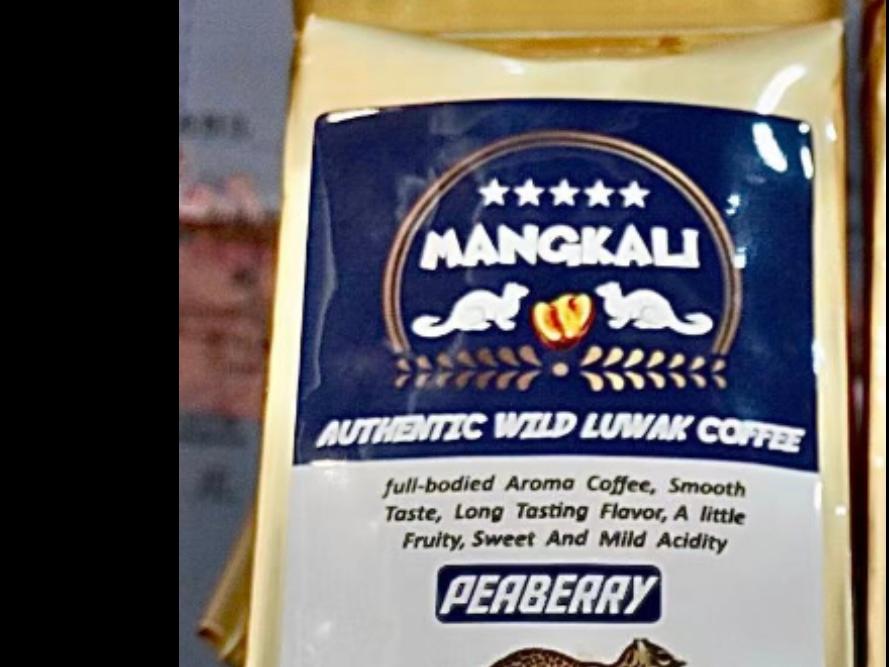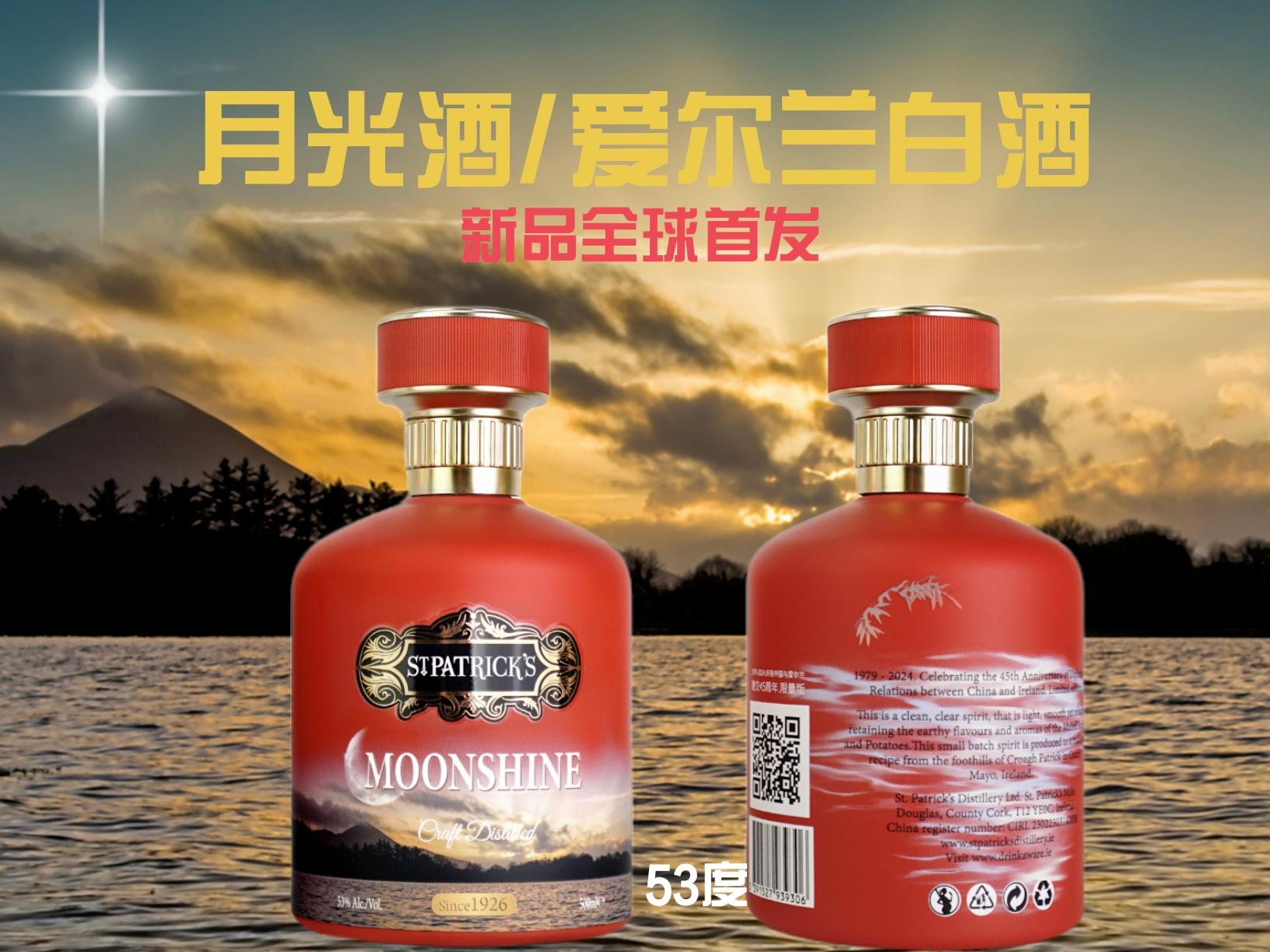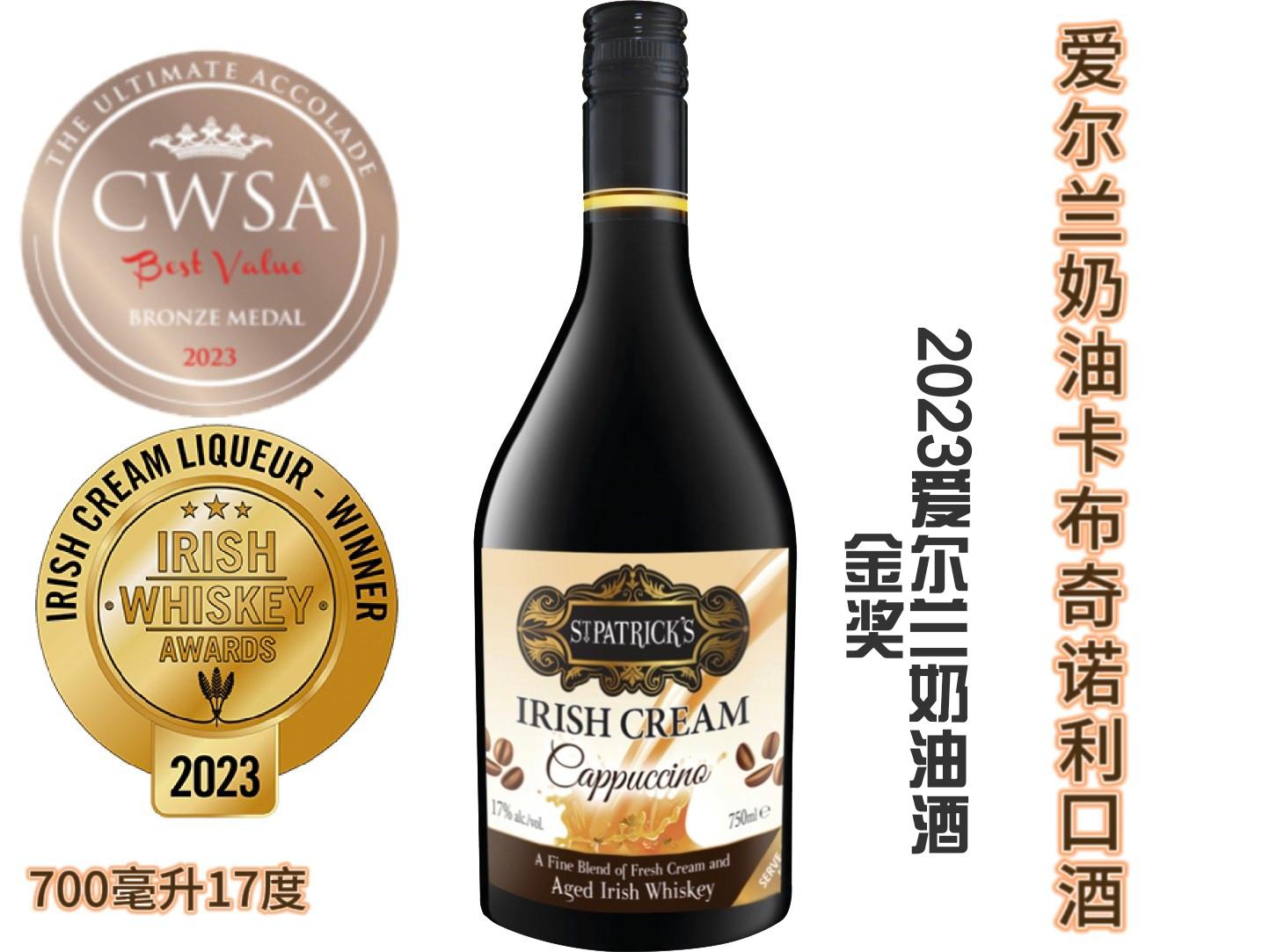Source: Cashew nuts come from the cashew tree (Anacardium occidentale), which thrives in Vietnam's tropical climate.
Composition: The cashew nut, after being removed from its hard shell, is rich in healthy fats (primarily monounsaturated and polyunsaturated fats), proteins, vitamins (especially vitamin E and B vitamins), and minerals like magnesium, iron, zinc, and phosphorus. The nut is known for its creamy texture and mildly sweet, nutty flavor.
Visual Characteristics:
Raw Form: Cashews in their raw state are encased in a hard, greenish-brown shell. The raw nut has a smooth, pale beige exterior after processing.
Processed Form: Cashew nuts are often available as whole, halves, pieces, or ground into products such as cashew butter and cashew flour. The processed nuts are typically light tan in color with a glossy finish.
Main Application:
Culinary Uses: Vietnamese cashews are versatile in the kitchen. They are enjoyed as a snack on their own or as part of mixed nut blends. They are used in cooking for dishes such as stir-fries, curries, and salads, adding a crunchy texture and nutty flavor. Cashews are also a key ingredient in various Vietnamese dishes, including desserts and savory preparations.
Processed Products: Cashews are processed into cashew butter, cashew milk, and cashew flour. These products are used as alternatives to dairy in cooking and baking, providing a creamy texture and nutty flavor.
Export: Vietnam is a major exporter of cashews, with the nuts being shipped globally for use in numerous international cuisines and food products.
Historical and Cultural Significance:
Cultivation: Cashew cultivation in Vietnam began in the 20th century and has since become a major industry. Vietnam is now one of the world’s leading producers and exporters of cashews.
Cultural Role: Cashews are incorporated into various traditional Vietnamese dishes and snacks, reflecting their integration into local cuisine and their importance to the agricultural sector.
Preservation and Handling:
Storage: Cashews should be stored in an airtight container to prevent exposure to moisture and air. They should be kept in a cool, dry place to maintain freshness and prevent rancidity. For extended shelf life, cashews can be refrigerated or frozen.
Handling: Proper handling during processing and packaging ensures the nuts retain their quality, flavor, and nutritional value.
cashew
Exhibitor:DIEU PHU IMPORT EXPORT COMPANY LIMITED
Country (Region) of Origin:Vietnam
Material/Composition: Vietnamese cashews come from the cashew tree (Anacardium occidentale), a tropical plant native to Brazil but extensively cultivated in Vietnam. The cashew nut is encased in a hard shell that is removed to reveal the edible kernel inside. The cashew nut is composed of essential nutrients, including healthy fats, proteins, vitamins (notably vitamin E), and minerals such as magnesium, zinc, and iron. Cashew nuts have a creamy texture and a mildly sweet, nutty flavor. Visual Characteristics: The cashew nut is typically kidney-shaped with a smooth, pale beige exterior once shelled and processed. In its raw form, the cashew is surrounded by a hard, greenish-brown shell. Processed cashews are often sold in various forms: whole, halves, pieces, or as cashew butter and flour. The nuts are often lightly roasted to enhance their flavor and texture. Main Application: Vietnamese cashews are used in a variety of culinary applications. They are a popular snack on their own or as part of mixed nuts. In cooking, they are used in both savory and sweet dishes, including stir-fries, curries, salads, and desserts. Cashews are also ground into cashew butter or flour, which can be used as a base for sauces, soups, and baked goods. Additionally, cashews are processed into cashew milk and other plant-based products. Historical and Cultural Significance: Cashew cultivation in Vietnam has grown significantly since the 20th century, making it one of the world’s leading producers of cashews. The nut plays a significant role in Vietnamese agriculture and economy, contributing to both local consumption and international exports. Cashews are incorporated into many traditional Vietnamese dishes and snacks, reflecting their importance in the country's culinary landscape. Preservation and Handling: To maintain freshness, cashew nuts should be stored in an airtight container in a cool, dry place. Roasted or raw cashews can also be refrigerated or frozen to extend shelf life and preserve flavor. Proper storage helps prevent rancidity and maintains the nuts' quality for longer periods.





